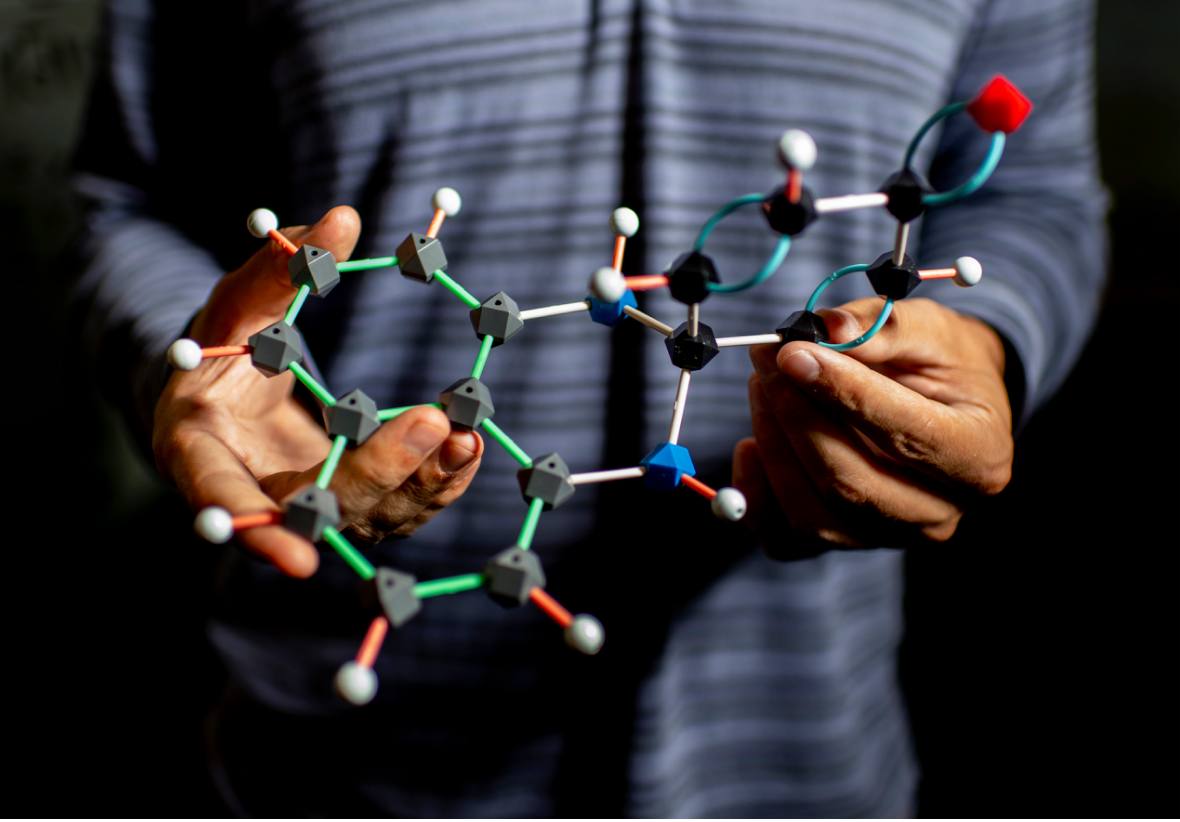
Case Study
Using AI to discover light-activated cancer drugs
The Challenge
Certain organic molecules can destroy cancer cells when activated by visible light. But this treatment approach, known as photodynamic therapy, can only be applied to tumors in places that can be reached by light’s rays: the skin, the esophagus, the colon. To expand the therapy to a wider range of cancers, Northeastern Assistant Professor of Chemistry and Chemical Biology Steven Lopez is searching for a new set of photodynamic molecules that can be activated by lower-energy red or near-infrared light, which penetrates more deeply into human tissues. But testing vast numbers of such molecules, he says, would be a Herculean, time-consuming, costly task.

Strong partnerships with leading academic researchers are crucial to our work. Joint projects with the Lopez lab help us remain at the leading edge of scientific discovery.”
Semion Saikin
Chief Science Officer, Kebotix, Inc.
The Partnership
Looking to narrow down the possibilities quickly, Lopez turned to Semion Saikin, co-founder and chief science officer at Kebotix. The Cambridge, Massachusetts, startup uses machine learning algorithms and artificial intelligence tools to speed the discovery of new molecules with a specified set of properties. The partners set their sights on molecules that could accumulate in a patient’s tumor without harming healthy tissue. The right candidates for this approach would, after absorbing red or near infra-red light, also need to activate nearby oxygen molecules to selectively destroy the malignant cells.
Next, the researchers turned to an open-access database of light-absorbing molecules and their properties published by Lopez. Drawing from it, they began training their algorithms to recognize the molecular patterns of potentially suitable photodynamic therapy drugs. A $750,000 grant from the Massachusetts Life Sciences Center supports this work, as well as a full-time data scientist with a rare blend of chemistry, physics, and machine learning and computational expertise.
The Goal
Kebotix’s AI-driven software can “dream up” molecules that can be synthesized in the lab and then characterized, according to Lopez; he notes that a few promising candidates have already emerged. “The hope is to replace chemotherapy with a non-invasive treatment without toxic side effects that can cure lung, breast, kidney, and other cancers,” he says. “Even hard-to-treat brain tumors could be within reach.”